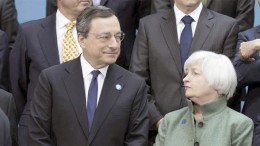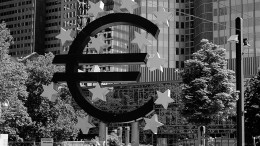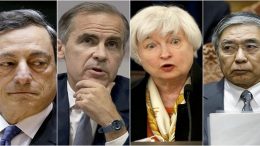European Government Bonds: Too Early For The ECB To Announce A Change In Guidance
Spain’s government bond rating has been upgraded by Fitch to A- from Baa+, Greece has also seen the rating lifted by Standard &Poor’s, and the US once again experiences a shutdown of non-essential government operations. The biggest topic for the bond market, however, will be the press conference of the European Central Bank (ECB) scheduled for Thursday.










